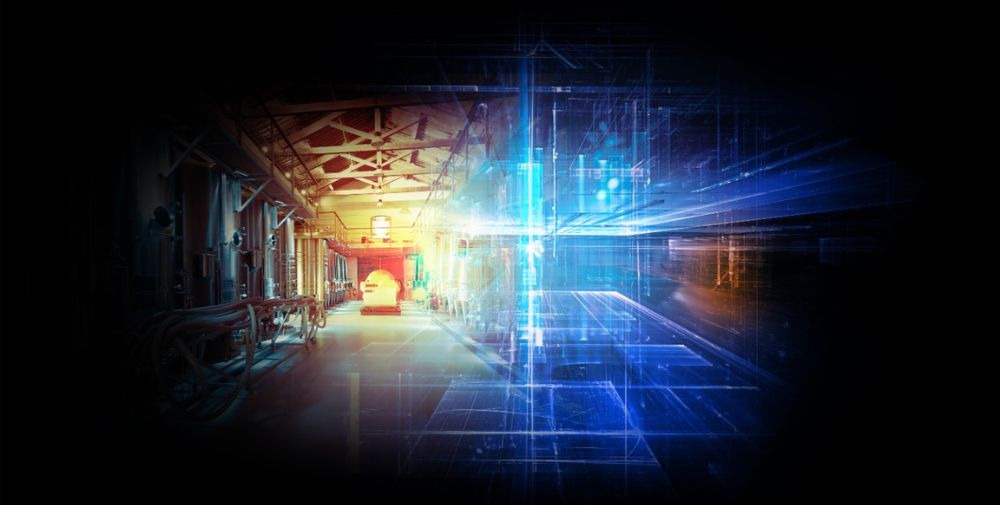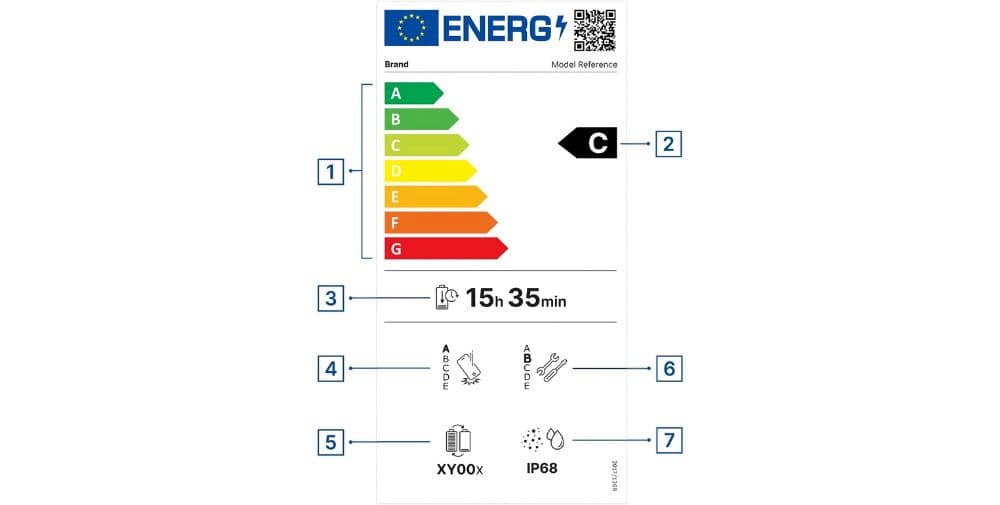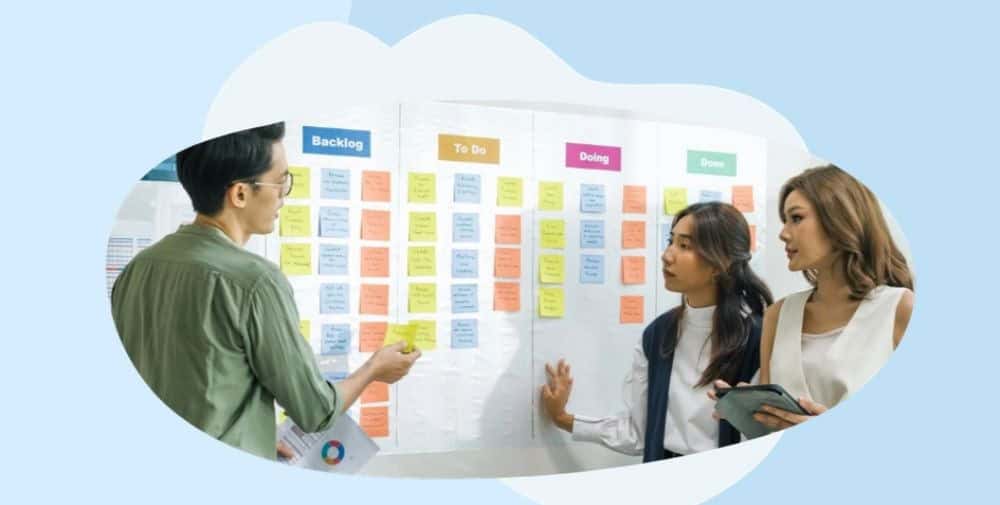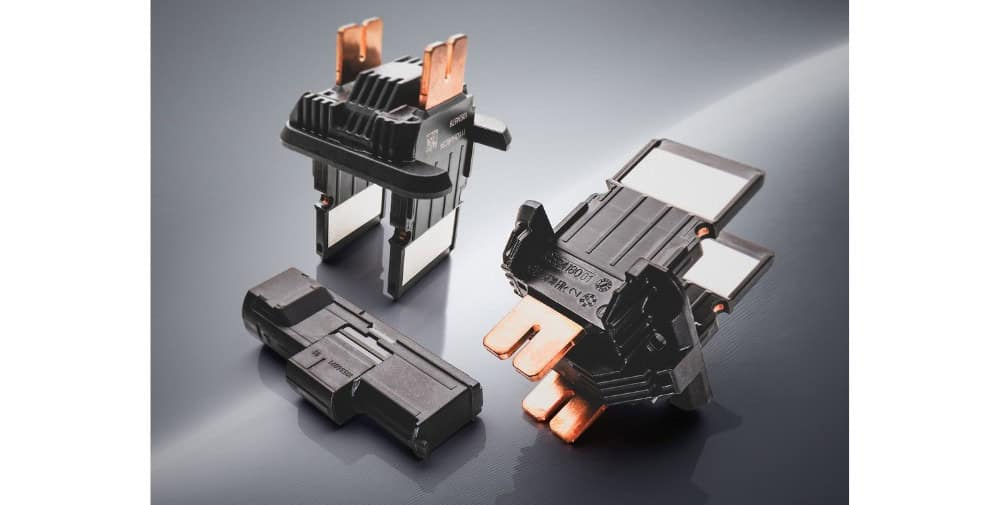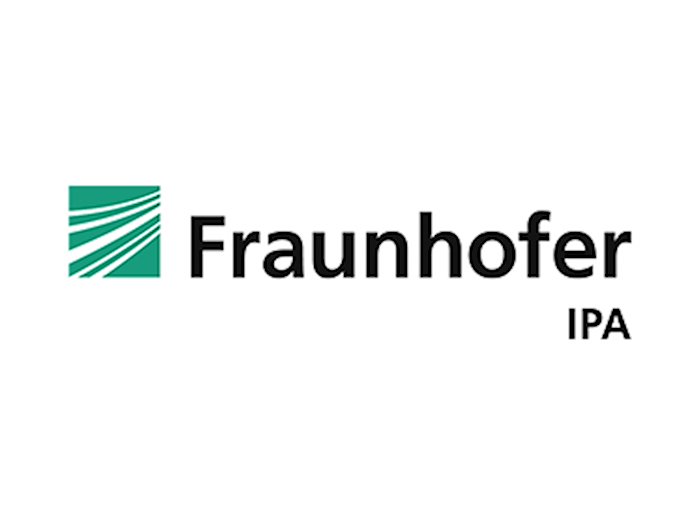
In order to become climate-neutral by 2045, Germany must reduce its CO2 emissions by 65 percent by 2030 compared to 1990. With a share of around 15 percent, the industrial sector plays a significant role here. Production itself accounts for about 30 percent, while upstream and downstream processes account for more than 70 percent in many industries and business models.
In the project “Climate Solution for Industries” (CS4I), Fraunhofer IPA, together with partners Intense AG, Objective Partner AG, Digital Renewables, Gerolsteiner Brunnen GmbH & Co. KG, Döhler GmbH and SAP SE, how CO2 emissions can be reduced economically.
Viewing carbon dioxide emissions across company boundaries
To achieve this goal, not only the production itself was considered, but also the entire value chain across company boundaries. In the creation of a bottle of apple juice spritzer, for example, not only the production processes themselves are relevant, but also the CO2 emissions caused by the transport of apples, for example. CS4I therefore addressed various aspects, from the procurement of the raw material to investment decisions and delivery, so that companies can take sustainability and cost-effectiveness into account at the same time.
In the project consortium, industry challenges, ideas and possible solutions were discussed in workshops. The result is prototype digital applications that can be used via SAP’s cloud infrastructure. Among other things, they include a scenario analysis developed by Fraunhofer IPA using a Monte Carlo simulation. This procedure runs through a large number of scenarios to determine the probability of different outcomes and thus quantify uncertainties in complex problems.
Digital images as decision-making aids
Instead of exchanging written quotations, as in previous processes, the company can use one of the developed apps to request a digital image of the machines and systems as the basis for a decision. Then, all that needs to be done is to set energy prices in various scenarios. Then the app shows which plant or machine is best suited for the company in the individual situation. Furthermore, the transport costs influenced by fluctuating energy prices can be considered.
The scenario analysis helps to make transport as economical and sustainable as possible. The focus is also on the so-called “true carbon footprint”, which is used to analyze which emissions a specific product batch causes beyond the company’s borders – for example, by transporting apples.
CO2 consumption becomes transparent
In the future, all companies will have to be transparent about the CO2 emissions they produce. This is the only way they can understand and reduce environmental impacts and comply with regulatory requirements such as the Supply Chain Act. However, this transparency will also help identify potential financial risks and opportunities and strengthen the trust of customers and investors. In doing so, companies are fulfilling their social responsibility to combat climate change. Today, every company can already decide which machines to invest in and how transportation should be as sustainable and economical as possible.
The solution developed in the CS4I project generates better transparency with regard to sustainability and offers companies optimal, individual decision-making. Currently, the applications are still in the prototype stage. They are being tested at Gerolsteiner and will soon go into commercialization. Already, they show what the transparent value chains of the future will have to look like.
The results of the “CS4I” research project enable more transparency about CO2 emissions along the entire value chain.
The project was funded by the German Federal Ministry of Education and Research (BMBF) as part of the KMU-innovativ energy efficiency and climate protection funding program under the funding code 01LY2008.
– – – –
Further links
👉 www.ipa.fraunhofer.de
👉 www.cs4i.org
Photo: Intense AG
